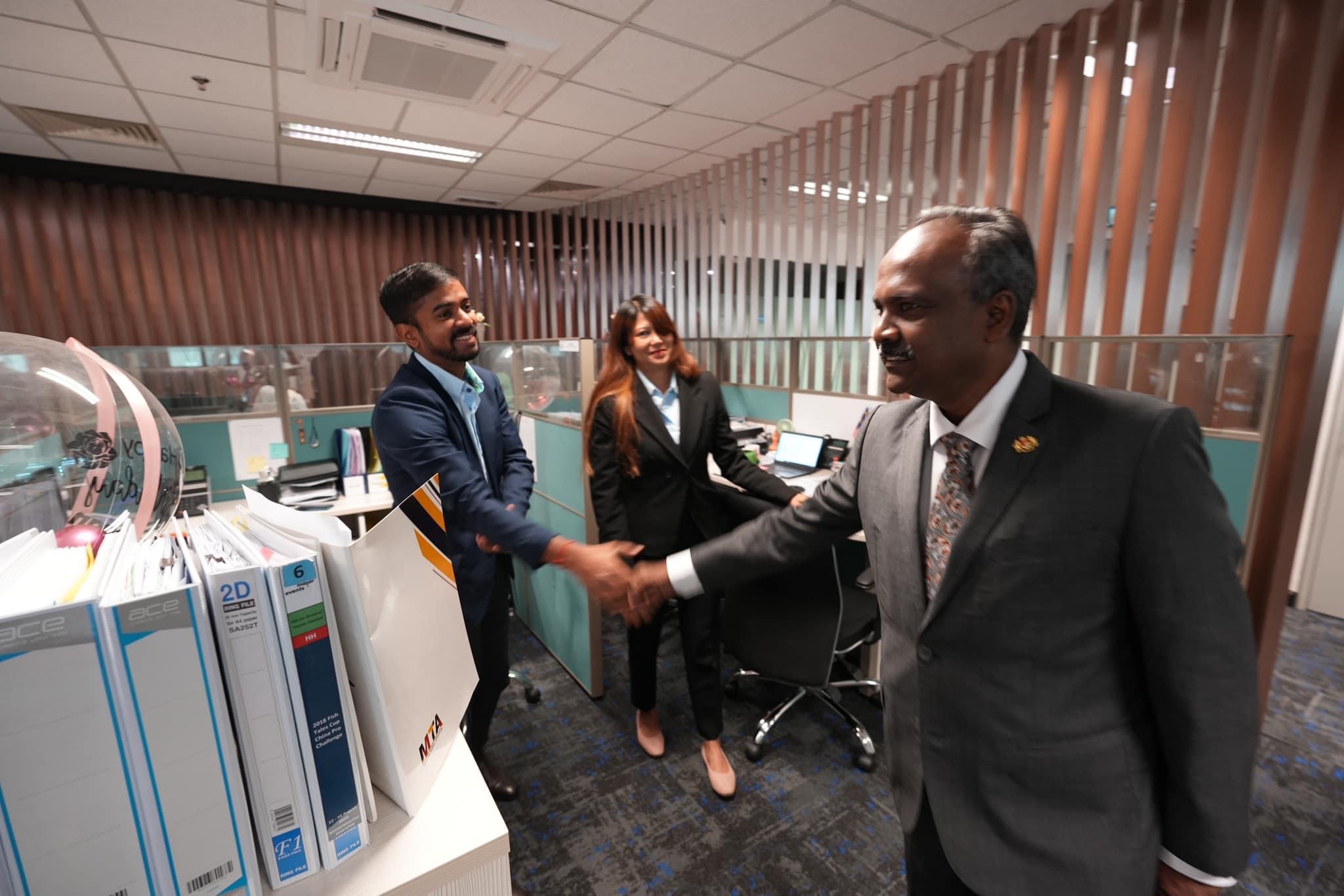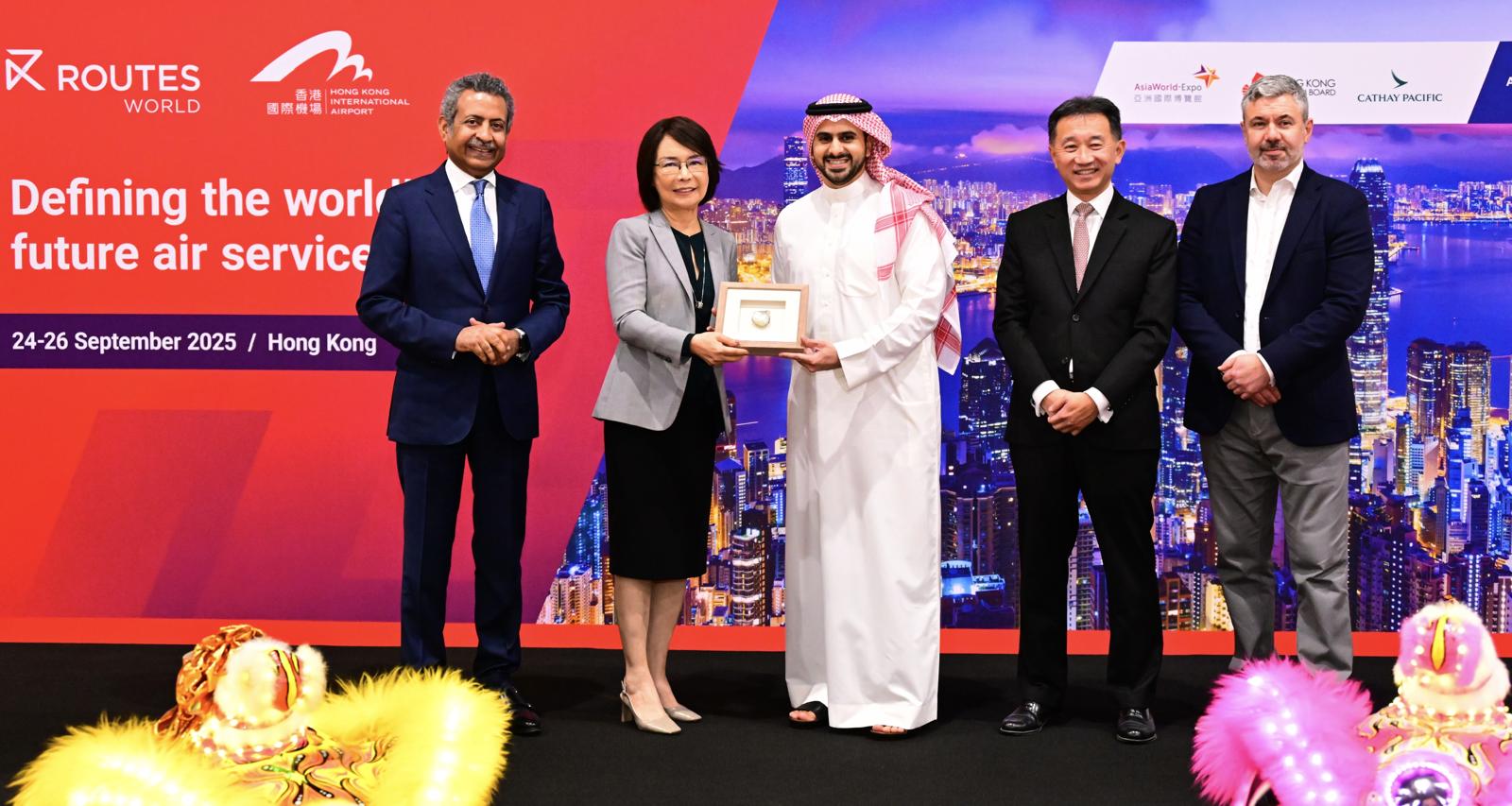Logistics firm BDP Global Network Services (GNS), headquartered in Singapore, has a bi-annual event that brings together the company’s leaders and its partners from around the world. About 120 delegates attended the last BDP Global Forum held in Bangkok in 2009. Preparations are underway for the next one to be held in South Africa in November.
The company, like many operating in other industries, is using different metrics to determine the benefits this event brings to its business.
“This is a networking event that we are creating, which makes returns in monetary terms quite tough to calculate. So, we measure more on the soft side rather than on the physical dollar value,” says Anna Neo, BDP regional manager for marketing and events, Asia.
BDP GNS uses a post-conference survey “with the sort of questions [that help us get the information we need] to measure the event”. It tracks delegates’ participation during each session, and it also monitors whether delegates keep their pre-arranged one-on-one networking appointments. Back in their offices, Neo has an-depth discussion with the internal team to get their first-hand observation of the level of networking that went on in the room.

Asked whether discussions begun at the conference continue after the event and are eventually converted into a sale, she replies: “We have one director who is responsible for this type of global networking conference – because I am on the marketing side, I only support in terms of branding. He makes sure that any conversations started are carried on after the event – it can be about business development or it can be about creating trade links between two countries, etc. The conversations move on and that director is the one handling all these things.”
BDP GNS also participates in five to six external events in a year, sponsoring an exhibition where it can touch base with potential customers as well as a few conferences where it lands a speaking slot in a roomful of top-level executives who can influence their companies’ shipping policies.
Given the long sales cycle in the logistics company where a sales lead takes at least six months (particularly if it is a big multinational firm) or longer to be converted into actual business, the company also has other ways of evaluating the effectiveness of participating in these sponsored events.
After an exhibition, Neo requires members of the company’s sales team as well as other executives who manned the booth to fill in an evaluation form that asks them to rank items from one to 10.
“I tabulate the results to determine how it fared in the eyes of everybody. We also scan all the name cards we have collected and send the list to every one who attended the exhibition so that no two sales persons approach the same customer. The sales manager creates a spreadsheet assigning several companies in the list to each member of his team, who then follows up with the customer until either a deal is closed or the lead does not convert into a sale.”
Neo adds: “But whether the exhibition delivered the returns expected for us to continue supporting it, the tabulated evaluation forms account for 50 percent of the decision. I also do my own evaluation not from a sales perspective, but based on the feedback I get from the organisers and our own customers who joined the show. If I find that majority of our customers do not want to participate next year, what is the reason for us to be there?”
For conferences, BDP GNS determines their value by the quality of attendees, among other criteria.
“We want BDP GNS to be seen as a knowledge leader. If the conferences are attracting the people in the managing director and general manager level, then I would want our top executives to be there to share their knowledge as the audience in that level would be more appreciative of the content.”
Identifying the intangibles
In theory, calculating the return on investment (ROI) of an event is fairly straightforward. At its simplest, it is the percentage of net profit over investment. This is the basic formula most meeting planners used. Challenges arise when results of the events cannot be directly tied to sales performance.
“To measure purely by way of one percentage figure would be completely under selling the benefits an event has delivered,” says Mark Saxby, sales and marketing director, Universal WorldEvents, which specialises on organising events for the healthcare sector. The company uses the Phillips ROI Model (see box on page 51), a methodology that breaks down event ROI into five levels with measurement taken at each level.
He elaborates: “To determine ROI, it is necessary to calculate the return of the event in monetary terms. However in significant majority of cases, it is not necessary to conduct the evaluation to this level.
“By following the methodology, it is possible to get feedback at Levels 1, 2 and 3 which will provide invaluable feedback as to the effectiveness of the event. By planning the event to ensure that every component is considered from the perspective of how it will deliver against the objectives will in itself help to ensure the event is highly effective. If this cannot be calculated as a commercial return, it can still demonstrate that the event has been effective.”
Shauna Whitehead, project manager at CWT (Carlson Wagonlit Travel) Meetings and Events Asia-Pacific, agrees that since not all events are held for the purpose of ROI in financial terms, then, evaluating the ROO (return on objectives) becomes equally important in determining their success.
“It is essential to establish the objectives for the event clearly, so that the right metrics can be used for evaluation,” she says, adding “some metric used to measure ROO include: understanding how well the message/underlying importance of the event came across the attendees; if attendees fully understand/believe/value the message or product; what the action/follow up/feedback on the message/product or a service, post event has been”.
Whitehead points out that the biggest mistake a company can commit is not clearly defining the event objectives and desired outcomes prior to the event.
“If this is not outlined before the company begins to organise the event, it can lose out on simple successes, making it difficult to effectively evaluate the success of the event. They also need to be mindful not to over commit. ROI and ROO goals need to be realistic to be both measurable and realistic.”
Finding the real value
Dr Elling Hamso, managing partner at Event ROI Institute, observes that companies today are now looking at the real value of an event, “not just participant satisfaction, budget compliance and anecdotal evidence of success”.

“ROI is always a percentage based on monetary values. How much was your event profit as a percentage of cost? But most of the time, you don’t need to calculate a precise percentage. More often than not, it is just a ‘nice to know’ number. You want to know if the event was a good investment or not, it makes no difference if the ROI was 50, 150 or 500 percent.”
Event ROI Institute helps companies improve the value of meetings and events through the application of the ROI Methodology. It conducts training courses and seminars through a bi-weekly webinar (www.eventroi.org/webinar) that have been attended by more than 1,000 professionals from Novartis, Nike, SAP, Astra Zeneca, Schlumberger, IKEA, Radisson, MCI, Toshiba and many others.
But if other metrics must be used, Hamso stresses that companies must go beyond measuring participant satisfaction as most companies do.
“Try measuring participant behaviour, for example. This is important because only through participant behaviour can any meeting or event create value for its stake holders. If participants do nothing, there is no value. Thinking and feeling don’t create value, only physical behaviour.
He explains that for behaviour to happen, there must first be a cognitive change, “which is just a fancy word for a learning experience”.
“For example, if you want participants to compare your product to the one they are currently buying (the behaviour), they need to think of you as the most cost-effective supplier, which is a brand attitude (learning experience).
“Did your event change their attitude to your brand? You can easily measure that. Did they do cost of ownership comparison between your product and the competition after the event, like you showed them how to do? Just ask them, it is not difficult to measure,” Hamso says.
He adds that companies must allocate enough money, time and professional expertise to designing the learning experience.
“You need to reach the head and the heart of your participants, communicate through all senses, changing behaviour is hard and without behaviour, there is no value.”
Share the results
After the event is over and evaluations have been completed, experts stress the importance of communicating your results to all relevant stakeholders.
“The project is not over until you have measured and communicated the results to all stakeholders and incorporated into your standard operating procedures the lessons which will ensure better ROI next time,” Hamso says.
Saxby of Universal WorldEvents agrees: “Share the feedback and let it be known that this is vital in ensuring an even better return for future events.”
PHILIPS ROI MODEL
This methodology breaks the ROI of an event into five levels and the degree to which a company can evaluate the results is flexible to suit the requirements of stakeholders:
Level 1 Satisfaction and Perceived Value: Measures satisfaction with the meeting and its perceived value. This addresses issues such as the venue, the speakers, the event as a whole, and in particular, the usefulness of the event
Level 2 Learning: Measures the changes in knowledge, skills and attitude of the delegates. This is a fundamental of any event and should be measured pre-event, at the conclusion of the event and at designated periods after the event.
Level 3 Application: Measures changes in the on-the-job behaviour and ensures that these changes are measured at a given period post event. Clear learnings are important but it is even more important that they are being applied to the business
Level 4 Business Impact: Measures the effect or impact to the business in monetary terms resulting from the changes in behaviour from the delegates.
Level 5 Return on Investment: This is always expressed as a percentage and is the net financial benefit deriving from the event as a percentage of the event costs.
Provided by Universal WorldEvent
Expert view
Dr Elling Hamso, managing partner, Event ROI Institute
“You must look for the ROI before you even decide to go ahead with the event. If you do the event, how will it connect to your bottom line? What do participants need to do afterwards in order to make your company more profitable? Why are they not doing that already? Is an event the most effective way to make them do it? How can you design a learning experience that will make them do it? Only when you have answered these questions should you start planning the event.
“If you set all required measurable objectives at the beginning of the planning process, you know precisely what to look for afterwards. Some things you start measuring immediately, other things like a change in behaviour, you have to wait a while, giving them time to do whatever you want them to do maybe a week or a month or three months.”
Event ROI
FIVE THINGS TO REMEMBER
CWT research shows that companies can save on average 10 percent to 25 percent of their meetings and events spend when they apply best practise to policy and compliance, sourcing and processes:
- Clearly outline objectives
- Create goals that are measurable and realistic
- Determine the tools you require in order to measure
- Identify target audience and key stakeholders
- Ensure post-event follow up is as prominent as pre-event marketing
Whether the exhibition delivered the returns expected for us to continue supporting it, the tabulated evaluation forms account for 50 percent of the decision
Try measuring participant behaviour, for example. This is important because only through participant behaviour can any meeting or event create value for its stake holders


